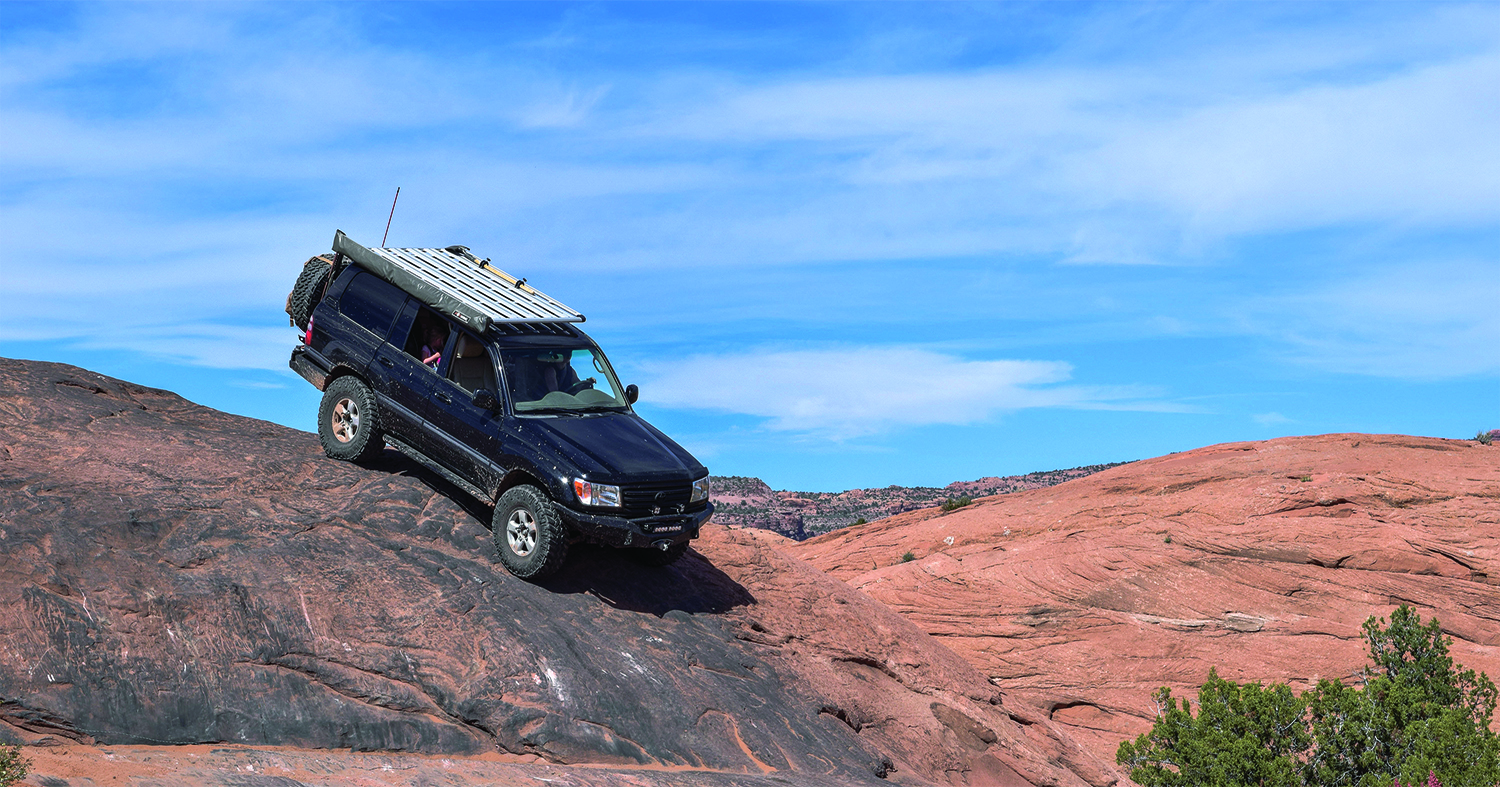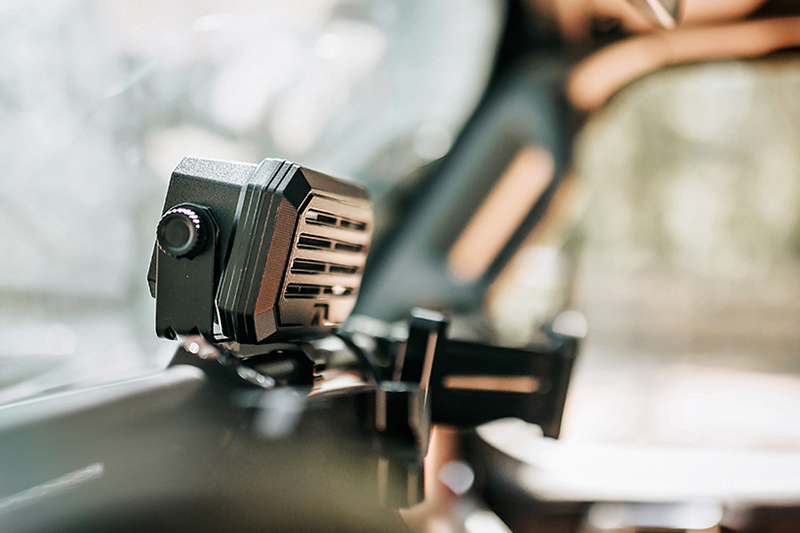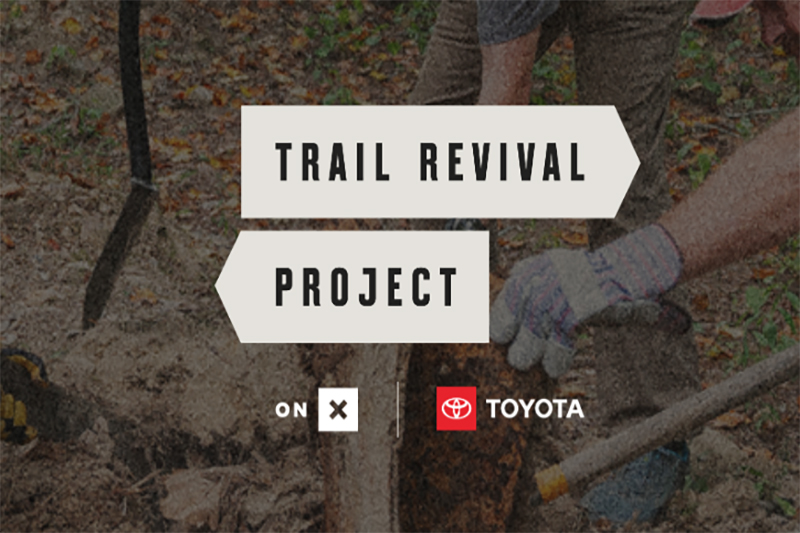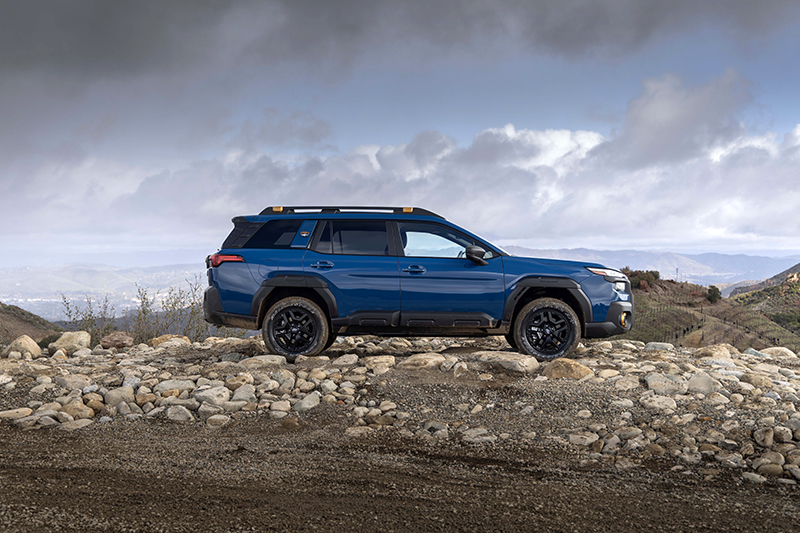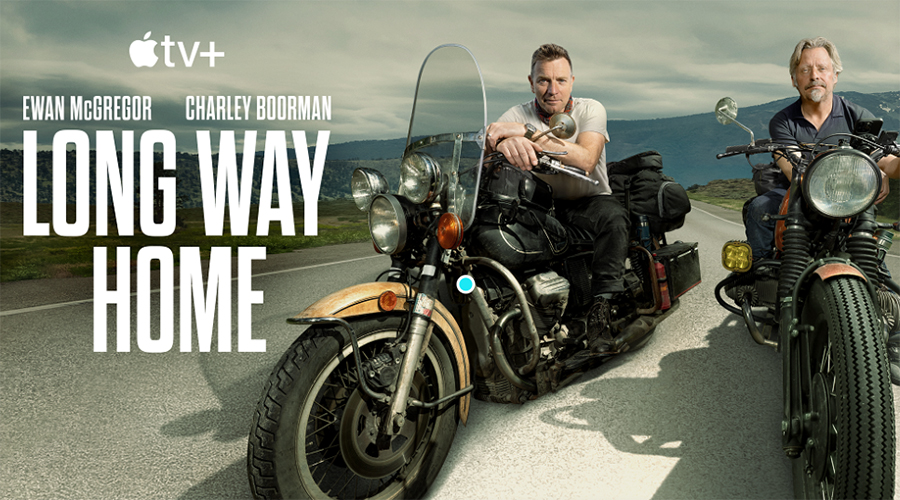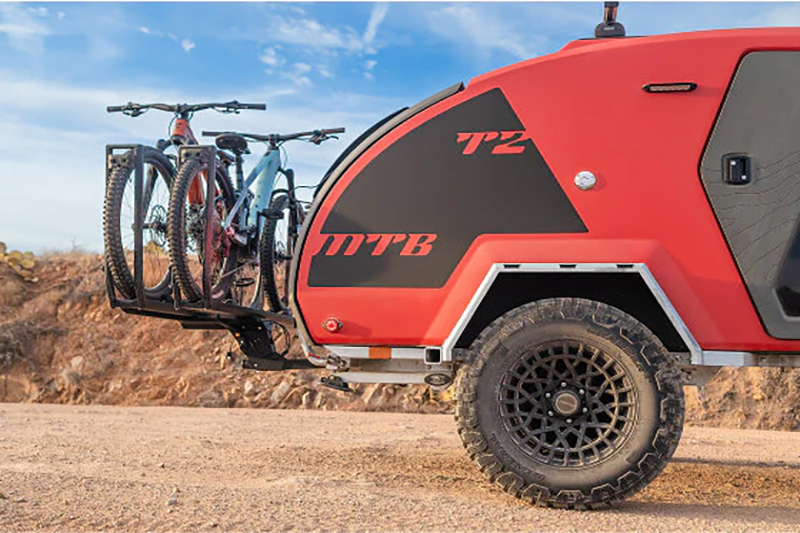Treading lightly and educating adventurists is crucial in order to preserve our trails for the next generation of adventurers
How disheartening is it to pull into a campsite and see leftover trash inside a fire ring, or an area torn up from vehicle tracks? Deep ruts and beaten down vegetation, half-burned paper plates, beer cans and plastic or glass bottles, strewn over a once beautiful area. Some of our favorite areas are being loved to death by irresponsible outdoor recreationists. What was once your favorite route of two-track is now wide enough for three vehicles to pass side by side. Nearly everything that we do plays some part in changing the natural landscape of our beloved outdoors. It’s vitally important that we do whatever we can to minimize our impact, protect our resources, and balance outdoor recreation with responsible stewardship of our trails.

With the popularity of overland travel growing from year to year, more folks are venturing to those hard-to-reach areas. Even the cleanest of camps is becoming well worn and obviously used. With all the available aftermarket gear for our vehicles and new OHVs (Off-Highway Vehicles) like side-by-sides, getting to those areas is only limited by fuel and the desire to explore. While this is great for the overland industry, it’s hard on our natural areas. It also allows individuals with more money than sense to venture into areas that we hold in high regard. Unfortunately, not everyone on the trail has the same outdoor ethics as you and I. Attempting to educate a group of campers who have been drinking all day and destroying an area is probably not the best method for protecting our trails, or our safety. However, jotting down a license plate or OHV registration number and submitting it to the agency tasked with protecting that area is a safe and effective way to ensure those individuals receive the proper education and, if applicable, the appropriate punishment for their crimes.
For our part, being prepared and capable for each outing is paramount. Matching the trail to your skill level and vehicle’s ability will go a long way in minimizing our impact. Going over or through the obstacle is the goal, going off trail and around the obstacle is what kills vegetation, widens trails and generally detracts from the experience for everyone. If you can’t make it through, turn around, the trail isn’t for you. The perception that everything is available and attainable to those who think they are privileged enough continues to be our biggest obstacle. “If a (insert vehicle brand) can make it to the end of this trail, I can too.” Our audacity knows no bounds. Stay on the trail.
How is it possible that someone’s sense of entitlement is so grand that they think nothing of knocking over ancient rock formations in Goblin Valley State Park or physically cutting and lifting out a dinosaur track from a Moab trail that’s been embedded in sandstone for an estimated 190 million years? Both of these crimes were committed in 2014 and while both resulted in charges being filed against the offending individuals, the damage lasts forever. How can a judicial system put a value on something that has been 190 million years in the making? Also in 2014, a self-proclaimed artist felt so entitled as to paint faces on rocks throughout eight of our national parks. Her posting of the pictures to social media outlets prompted her arrest and subsequent vandalism charge. Now the Forest Service is left with the grueling task of removing the paint without doing more damage to the area. The Goblin Valley hoodoos and the rock paintings were done by hikers, not off-highway vehicle users, but we all share the same piece of land so negative press for one is negative for all. These crimes are the ammunition needed by the very groups whose goal it is to close these areas forever. Act responsibly.

Occasionally, our trails contain water crossings as obstacles. While great fun, crossing streams or rivers has an unavoidable impact on the riverbank and in some cases, the river itself. The mud and silt that we wash back into the stream bed actually changes the stream’s ecosystem. It covers rocks where aquatic insects live, reproduce and thrive. It prevents them from hatching and takes away a pivotal food source from fish and other river inhabitants. The problems occur when vehicles are not equipped or built for the stream they are crossing, or they cross at non-designated crossings. Getting hung up on the water exit, tires spinning and mud being dug up and washed back into the water is where the damage occurs. Being prepared and only crossing at designated fords helps to minimize the mark we leave behind. Tread lightly.
If your adventure leads you to an area where you’ll be setting up camp, choose your spot responsibly. Pack out everything that you pack in, and more if you can find it. Leaving an area cleaner than you found it is a good feeling and a fine example for others. Use existing fire rings when possible and find a spot for your tent where the least amount of residual impact will occur. Unless you’re in an area that no one has ever been before, the best and most used camp spots will be obvious. There is no need to build another fire ring or stomp down new vegetation. If you do feel the need to build a new fire ring, replace the rocks when you leave so it looks as though there was never a fire. Leave no trace.

Many of us take advantage of all types of outdoor recreation, not just overlanding. However, there are many outdoor recreationalists who view motorized trail users as the worst offenders of habitat destruction. Therefore, it’s vitally important for us to understand that when we cross paths with non-OHV users on the trail, we become the face of off-highway vehicle use. How do we want to be perceived? It’s important to always slow down and give hikers, bikers and those on horseback the right of way. It’s nice to stop and say hello and I always make it a point to ask foot travelers if they are in need of water. It serves as an ice breaker and a great way to present yourself and leave a good impression. It’s much better than just speeding by kicking up dirt and dust. I carry extra bottles of cold water in my vehicle just in case. Always give livestock and those on horseback as much room as possible without going off trail. Turning off your vehicle while livestock or those on horseback pass by is a good idea as well. Horses can spook easily if they are startled and unfamiliar around off-highway vehicles. That can be a dangerous situation to everyone around. These little things make a good impression on those that we meet on the trail and could mean the difference between a great outing and a miserable one. Represent our community well.

You don’t have to be a tree-hugging hippie to care about these areas, you just have to be a responsible off-highway traveler concerned with keeping trails open and clean for the next generation. The people with the power to close those areas are watching, and most of the anti-OHV groups would love to see permanent closures and gates installed at every trailhead. It’s imperative that we stay one step ahead. Beauty abounds around every corner and over every hill. Mother Nature has given us a gift. Go see it, share it and care for it.
OutdoorX4 Magazine – Promoting responsible vehicle-based adventure travel and outdoors adventure


